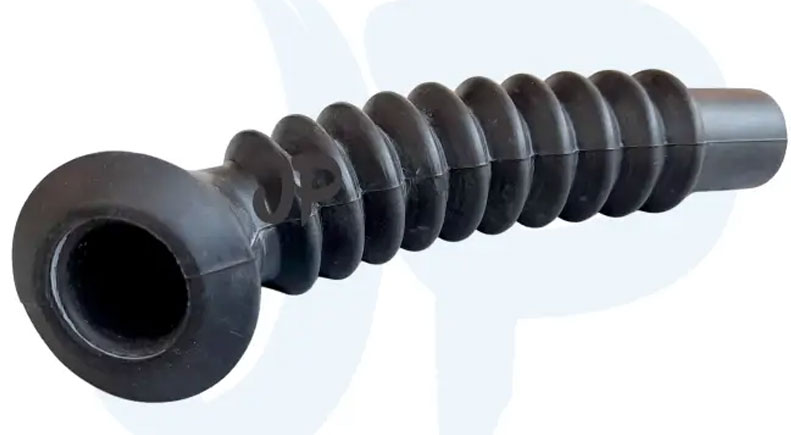
The inside of the washing machine is full of pipes and hoses - water constantly circulates through them. The problem is that over time, due to high temperatures, natural wear, dirt and vibration, the rubber dries out and breaks. As a result, leaks occur that threaten the entire system and home. You cannot operate a leaking machine: you need to either seal the rubber pipe of the washing machine or replace it with a new one. Let us figure out how to do it more reliably and what exactly to do.
You can seal the pipe, but only temporarily. Even the best patch threatens to leak, especially if the repair is done quickly and poorly. The safest thing to do is to refuse repairs, buy a whole hose and replace the old one. If it is not yet possible to purchase new components, then you can make do with improvised means. There are several ways to repair a hose. Below are the most reliable and popular options.
Insulating tape. The easiest way is to wrap the damaged area of the hose with a thick layer of adhesive tape. The main thing is to seal 10 cm before and after the hole, sparing no material. True, this option is not reliable; it is better to replace the pipe as soon as possible.
Threads. The patch will be stronger if the crack is sewn up with thick shoe threads. The seam should go in a herringbone pattern, with large stitches, tightening the hole. Afterwards, all the “creativity” is generously lubricated with sealant. This patch lasts a long time and is practiced even on curved areas of the part.
Shunt tube. In a straight section of the pipe, you can seal the hole using a plastic tube that is comparable in diameter to the hose. It is necessary to trim the corrugation, exposing the insides, and insert the nozzle so that it “fits” into the sleeve at least 3 cm on both sides of the hole. Afterwards, the ends of the pipe are tightened with steel clamps over rubber.
If the option of replacing a torn hose is temporarily impossible, then it is recommended to consider a patch made of thread and sealant or tube. In the second case, the patch will be the most reliable - water will pass through an improvised shunt, bypassing the hole. But it is better not to take risks, but rather install a new pipe.
Having noticed a puddle under the washing machine, you must immediately look for the leak. The first step is to check the dispenser pipe. It is necessary to remove the top cover of the machine and find in the left corner the hose connecting the filling valve to the powder receptacle. The hose is held on by clamps tightened at both ends. To ensure its integrity, you should:
If the rubber is intact and flexible, then just rinse it in warm water and go over the corrugation with a bottle brush. Afterwards, the pipe returns to its place and is fixed with clamps. A damaged or hardened hose must be replaced - an analogue is selected according to the serial number of the existing washing machine.
The pipe connecting the tank to the powder receptacle often becomes unusable. Often, it is not a matter of cracks, but a blockage - part of the detergent settles on the surface of the tube in a thick layer. As a result, the washing machine stops the cycle, or the hose breaks due to increased pressure. The easiest way for owners of modern washing machines from LG. Here, removing and inspecting the inlet pipe is much easier: just unscrew the top cover, find the hose, and release it from the clamps. On the vast majority of machines, for such a check you will first have to get rid of the front panel. The instructions are as follows:
Finding the fill hose is easy - it connects the washing tank to the powder receptacle. To remove the tube, you need to loosen the clamps holding it and unhook it from both fittings. Then inspect the hose for damage and blockages. If everything is clean and intact, we return it to its place; if it is clogged, we clean it with a brush; if it is torn, we replace it with a new one.
The drain hose located between the washing tub and the drainage pump often leaks. The explanation is simple: not only soapy water with detergent residues passes through this tube, but also all the debris that gets into the drum. Sometimes a crack appears due to simple wear and tear, and sometimes from a sharp foreign object.
It is not difficult to inspect and replace the drainpipe, especially if the washing machine does not have a tray. In this case, it is enough to carefully place the machine on its side. The main thing is to choose the side where the dispenser is located - otherwise the water remaining in the powder receptacle will end up on the control board. If the washing machine has a tray, you must first remove it. Do not forget that many modern machines support the Aqua stop system: in this case, you will have to carefully disconnect the wiring connected to the float. Then everything is simple:
A pipe clogged with scale and debris is cleaned or soaked for 2-3 hours in a warm lemon solution. If there are cracks in the rubber, then it is better not to experiment with patches, but to immediately replace the corrugation.
Copyright © 2020 Coimbatore Service.